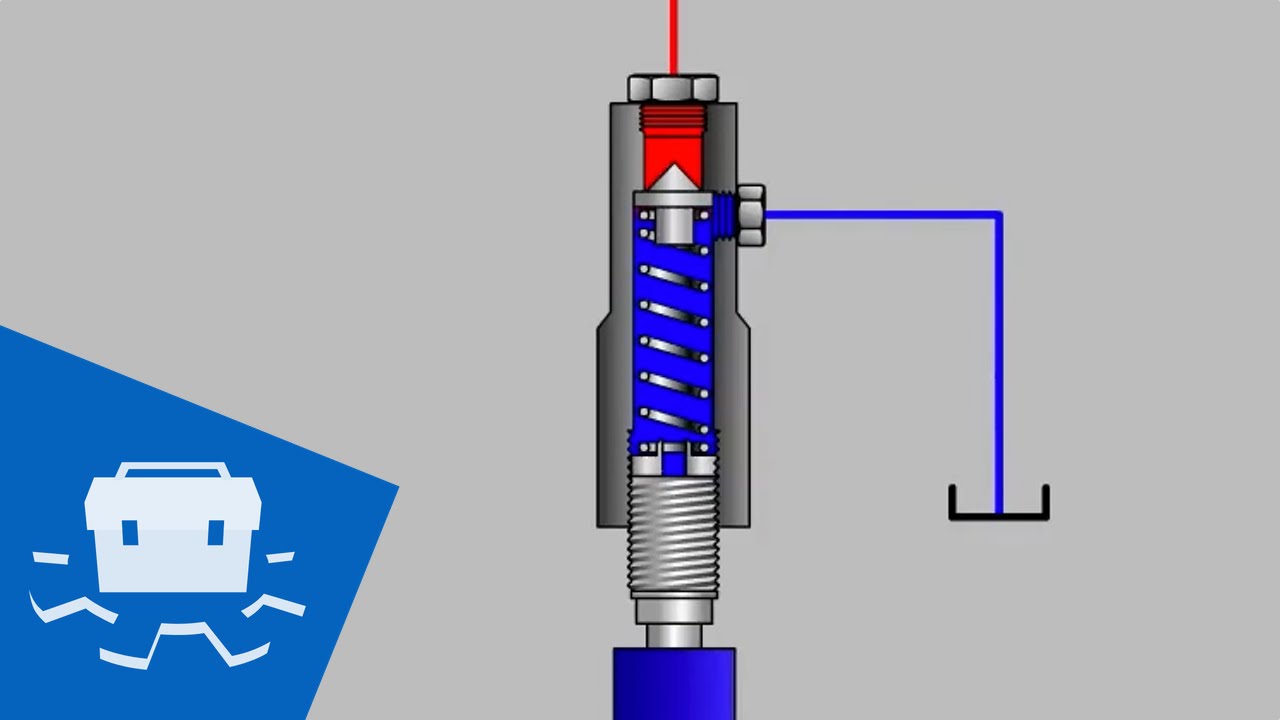In the vast world of industrial engineering, the applications of pressure relief valves are paramount to ensuring safety and efficiency. These components play a crucial role in various sectors, maintaining system integrity and preventing catastrophic failures. Understanding their importance is vital for anyone involved in industries that deal with pressurized systems.

What Are Pressure Relief Valves?
Before delving into the applications of pressure relief valves, it is essential to understand what they are. A pressure relief valve is a safety device designed to protect a pressurized system from overpressure. When the pressure in a system exceeds a preset level, the valve opens, allowing the excess pressure to escape and thereby preventing damage to the system.
The Importance of Pressure Relief Valves
Pressure relief valves are a critical safety component in many industries. They help to prevent equipment damage, reduce the risk of explosions, and ensure the safe operation of systems. By controlling the pressure within a system, these valves help to maintain operational efficiency and prolong the lifespan of equipment.
Preventing Overpressure Scenarios
Overpressure can occur in any closed system where pressure builds up beyond the system’s capacity. The applications of pressure relief valves are crucial in preventing such scenarios by releasing excess pressure and maintaining system stability.
Various Applications of Pressure Relief Valves
Pressure relief valves are used in a multitude of applications across different industries. Their versatility and reliability make them indispensable in the following areas:
1. Oil and Gas Industry
In the oil and gas sector, pressure relief valves are used to manage the pressure in pipelines and storage tanks. They help to prevent leaks and spills, ensuring the safe transport and storage of volatile substances. The [importance of pressure relief valves](https://www.tianyuvalves.com/news/understanding-the-function-of-a-pressure-relief-valve/) cannot be overstated in this industry.
2. Chemical Manufacturing
Chemical plants often deal with hazardous materials under high pressure. The applications of pressure relief valves in this setting are crucial for preventing accidents and maintaining safe working conditions.
3. Power Generation
In power plants, pressure relief valves are used to regulate the pressure in boilers and turbines. This ensures efficient and safe energy production. The reliability of these valves is critical to the continuous operation of power facilities.
Types of Pressure Relief Valves
There are various types of pressure relief valves, each suited for specific applications. Understanding these types can help in selecting the right valve for a given system.
Spring-Loaded Valves
These are the most common type of pressure relief valves. They use a spring mechanism to control the opening and closing of the valve. The force of the spring determines the set pressure at which the valve will open.
Pilot-Operated Valves
These valves use a pilot valve to control the main valve. They are often used in high-pressure applications where precise control is required.
Considerations for Selecting Pressure Relief Valves
When selecting a pressure relief valve, it is important to consider the specific requirements of the system. Factors such as the type of fluid, operating pressure, and temperature must be taken into account to ensure the valve functions correctly.
Material Compatibility
The material of the valve must be compatible with the fluid it will be exposed to. This prevents corrosion and ensures the longevity of the valve.
Pressure and Temperature Ratings
Each valve has specific pressure and temperature ratings. Choosing a valve with the appropriate ratings is essential to ensure safe operation.
Installation and Maintenance
Proper installation and regular maintenance of pressure relief valves are crucial for their effective operation. It is important to follow manufacturer guidelines and industry standards to ensure optimal performance.
Regular Testing
Pressure relief valves should be tested regularly to ensure they are functioning correctly. Regular testing helps to identify potential issues before they lead to system failures.
Conclusion
The applications of pressure relief valves are integral to the safe and efficient operation of many industrial systems. Understanding their function and importance can help industry professionals make informed decisions about their use and maintenance.

FAQs
1. What is the primary function of a pressure relief valve?
The primary function of a pressure relief valve is to protect a system from overpressure by releasing excess pressure.
2. How often should pressure relief valves be tested?
Pressure relief valves should be tested regularly according to manufacturer guidelines and industry standards to ensure they are functioning correctly.
3. Can pressure relief valves be used in all industries?
Yes, pressure relief valves are used in a wide range of industries, including oil and gas, chemical manufacturing, and power generation, due to their versatility and reliability.
This article contains affiliate links. We may earn a commission at no extra cost to you.



